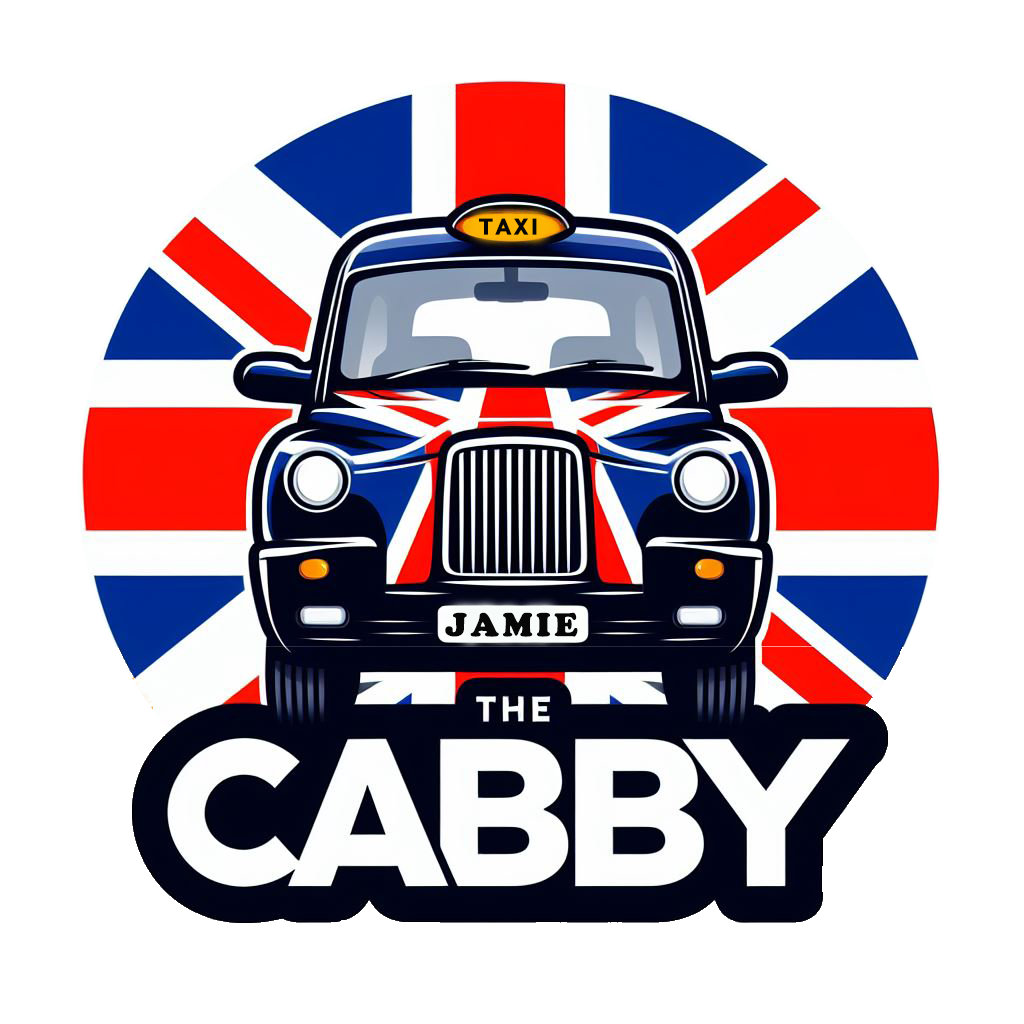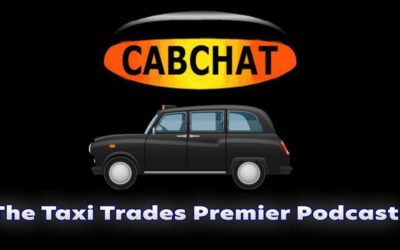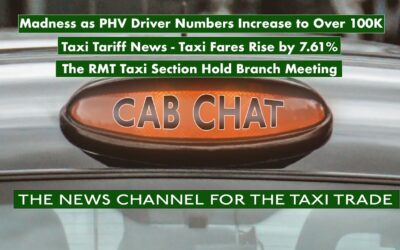
- Many Lyft drivers that worked on New Year’s Eve made slim profits, but none could agree on exactly why.
San Francisco New Year’s Eve party-goers danced, reveled, and drank while cheering in 2015. After a long night, they made their way home.
They walked, they bused, they took taxi cabs. But local New Year’s party-goers apparently did not ride in Uber or Lyft in large numbers.
Drivers say potential riders were scared off by looming surge prices from the app-friendly transportation network companies, and that streets were oversaturated with pink-mustachioed vehicles, the sign of a Lyft car, seeking big New Year’s Eve dollars.
The passengers who did take Uber or Lyft benefitted by avoiding anticipated price spikes. But too many cars and too few customers have drivers complaining of stunningly low profits, on what’s usually one of the most lucrative nights of the year.
“I made 60 bucks in five hours,” said Lyft driver Kelly Dessaint, known for his blog Behind the Wheel: A Rideshare Confessional.
“It was an incredible sight to see all the cabs full and the rideshare cars empty,” he said. “I was laughing and crying at the same time.”
Many drivers The San Francisco Examiner spoke to made slim profits on New Year’s Eve, but none could agree on why.
Leading up to New Year’s Eve, a passenger war erupted between Uber, Lyft and the taxi-hailing app Flywheel. Flywheel offered a flat rate of $10 for all cab rides on New Year’s Eve. By contrast, Uber sent a mass email warning riders that New Year’s Eve would see a spike in passenger demand, potentially skyrocketing prices to over $100 for a ride after midnight.
Neither Uber nor Lyft answered queries.
Paul Rose, a spokeman for the San Francisco Metropolitan Transportation Agency, said Muni added 10 trains to accommodate higher-than-normal ridership.
As a result, people rode Muni in droves, but did they also hop into Uber and Lyft?
Though hard numbers on tech riders were not available, screen captures from drivers’ rideshare apps show The City experienced low price surges during peak times, even in neighborhoods historically favorable to Uber and Lyft rides. Prices only surge when high numbers of riders order Uber rides at the same time, so a lack of surge may point to a lack of Uber riders.
Other cities across the U.S. had mixed experiences. A driver in San Luis Obispo tweeted a screenshot of an Uber fare of more than $500, and an Uber passenger in Pennsylvania paid $117 for a 4-mile ride.
But Bay Area drivers made much less, and vented frustrations by the hundreds in social media forums.
“I worked ten hours for NYE in San Francisco. I could have made more last weekend during a normal Saturday night,” one commenter on Reddit’s UberDrivers forum wrote. “Uber has left me financially devastated trying to work with them.”
“There should be some regulation on the numbers of drivers you allow to Lyft,” another commenter wrote. “Otherwise it may seem that you are taking advantage of the fact that we are not paid salaries, and you reap the benefits regardless if it effects us.”
Regulations don’t limit the number of cars Uber or Lyft can allow on the road. They only limit the amount of traditional taxis.
“When there is oversupply, as we see with [Uber and Lyft], more and more drivers are competing for the same number of riders,” Trevor Johnson, a cab driver and former taxi official, told The Examiner.
Among other reasons, government regulates the number of cabs, he said, “to ensure living wages for all drivers.”
Source: The Examiner





